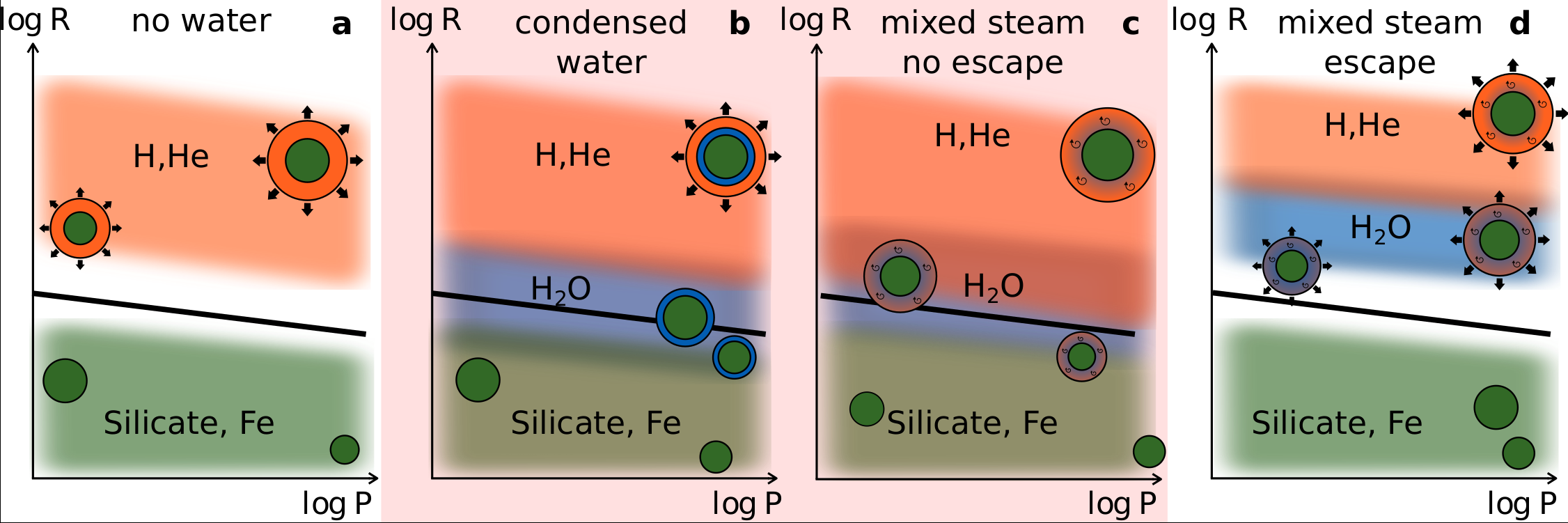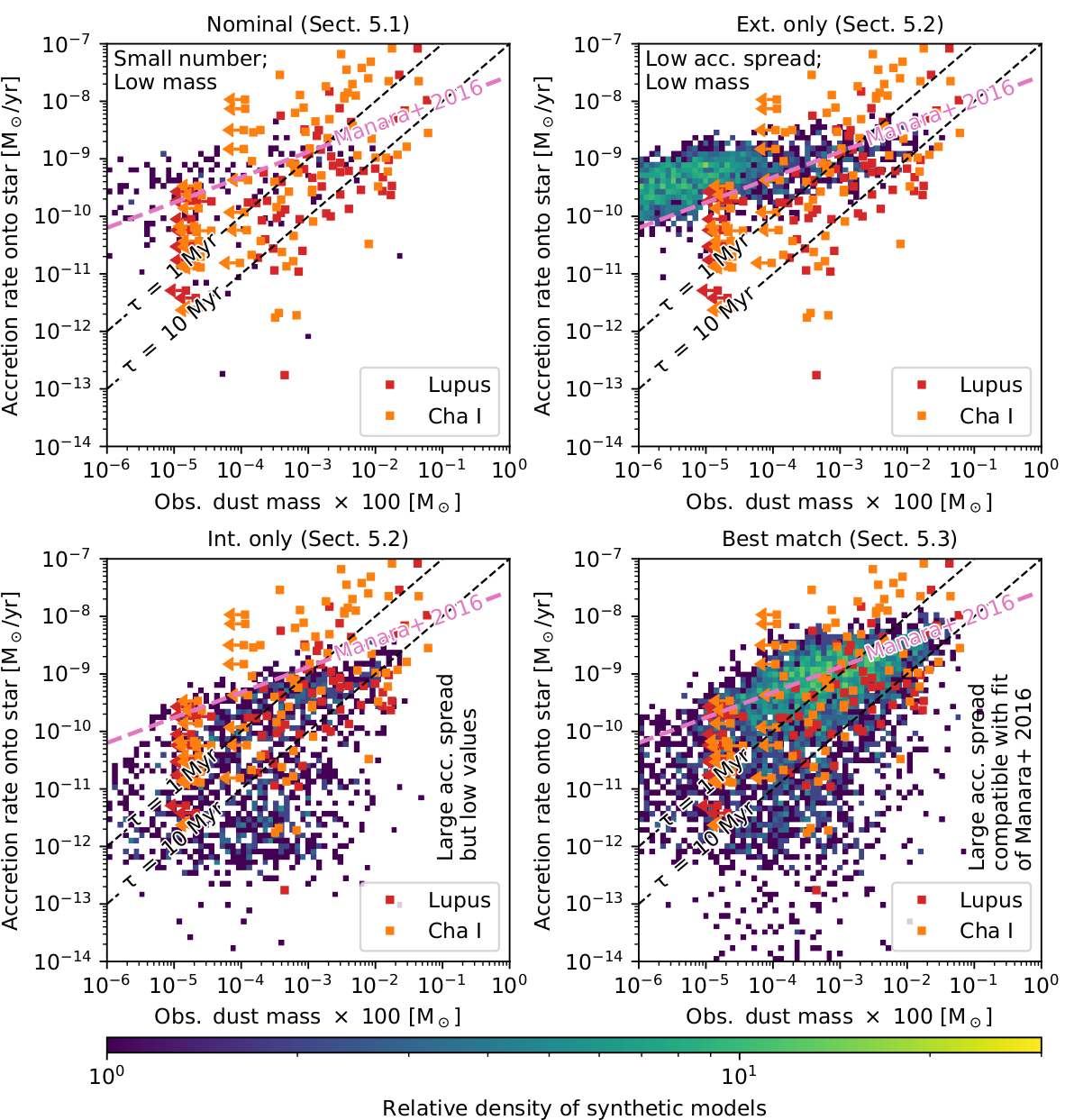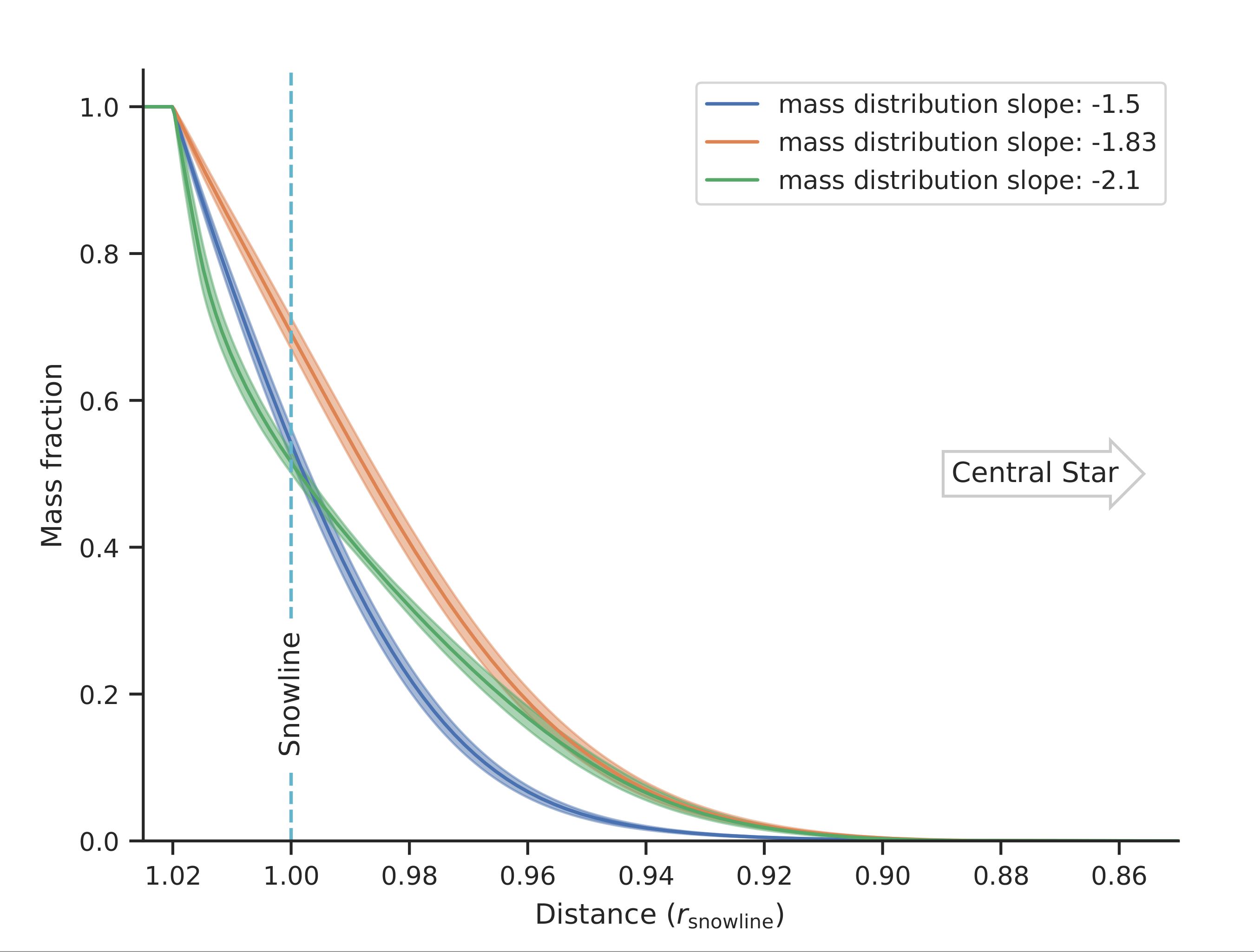Enthusiastic Planet Formation Theorist
Hi, my name is Remo Burn and I'm interested in many aspects of planet formation and currently working as postdoc at the Max Planck Institute for Astronomy in Heidelberg.

If you like to know more about me, check out my CV (26th of November 2024)
I recently initiated and organized together with Rafa Luque a workshop on small planets. More details can be found on the conference webpage. Since the space was limited, I would like to share here six identified main messages from the participants.

"Better coupled atmosphere-interior models, which make testable, observable predictions about what molecules to observe in the atmosphere and how to link these to the interior state"
"How can we go from elemental budgets from formation via realistic interiors to final atmospheres?"
"More work in the lab looking at realistic compositions of sub-Neptune atmospheres and their interiors (e.g. silicates, water, and hydrogen at extremely high temperatures and pressures). Many of our models rely on extrapolations that may not be valid."
A selection of my main research topics is illustrated below. A full list of all publications can be found on ADS.
For this project we used the result of planetary population synthesis models (see below) to try to understand the origins of the radius valley - an under-abundance of planets with radii of approximately twice the Earth radius separating smaller super Earths from larger sub Neptunes of a priori unknown composition. It turns out that a consistent radius valley can be produced if water-rich planets migrate towards the star and are thus identified as the larger sub-Neptunes with radii - but not masses - separated from those of smaller rocky planets.

The research was published in Nature Astronomy with an accompanying short Research Briefing.
The idea of planetary population synthesis is to model planet formation theoretically in order to statistically compare and predict what kind of planets form. This requires simulating the process over and over to enlarge the sample. In the movie below, you can see a single run of the Bern model of planet formation and evolution.
This general approach was used by me and my collaborators to study a number of effects. For example, the building-blocks of planets might dry out over time if they are heated by the radioactive decay of elements. We found that this process leads to the formation of mainly dry planets in systems with a large abundance of radioactive aluminium (Lichtenberg et al. 2019). In this particular work, we assumed that the building-blocks are large, but newer propositions of the major contribution to the planetary mass consisting of small, pebble-sized objects were recently made. We tested these two assumptions within the same framework in the work published by Brügger et al. 2020. I contributed to updating the model and we describe it in all technical details in Emsenhuber et al. (2021). Then, I applied the model to the case of the small M dwarfs where we have a lot of observational data: Burn et al. (2021).
Recently, I improved our description of protoplanetary disks which are subject to photoevaporative winds and where some dust can be carried in these winds (Burn et al. (2022)). With these improvements, our models can also be compared to observed disks to learn about planet formation as it is happening. The developed model was used in a global comparison project of models against disk observations (Emsenhuber, Burn, et al. 2023) and constructed initial conditions for disks which under certain assumptions result in the observed distribution after several Myr of evolution. You can also watch a talk on these topics on youtube.



Remaining mass fraction in the overall population of bodies crossing the snowline (1 kg ≤ m ≤ 109 kg) with shaded bands indicating the standard deviation due to the evolving disk. The mass shown is an integral over a distribution of masses with the indicated power-law slope and a mean over time.
Bodies with sizes from centimeters to a few hundred meters radially drift towards the central star in protoplanetary disks. In this work, we adressed the question of how much water could be transported from the region where water is frozen to the region where water is usually assumed to be present only as vapor. The figure on the left summarizes the findings: Material distributed over a size-range from centimeters to hundred meters moves a few percent closer to the star before it had time to evaporate. Therefore, a planet growing in this region would accrete water as ice, which would melt on the planet and build up an ocean, at a location where this is otherwise not expected. For Earth, it seems unlikely that this effect made a difference because it formed too far away from this region.
This work is published in Burn et al. 2019 or you can find a copy on the arXiv.
I'm always happy to have a cup of with visitors